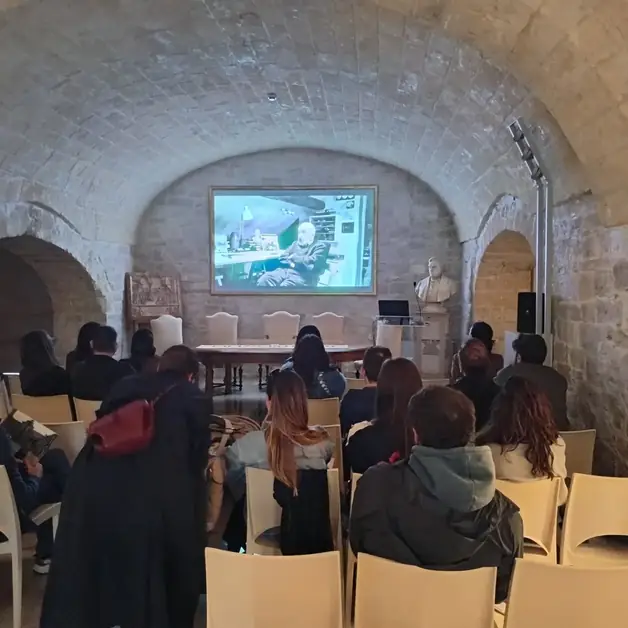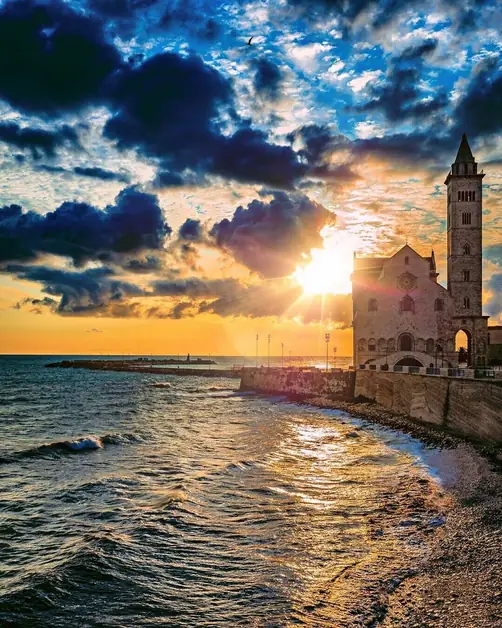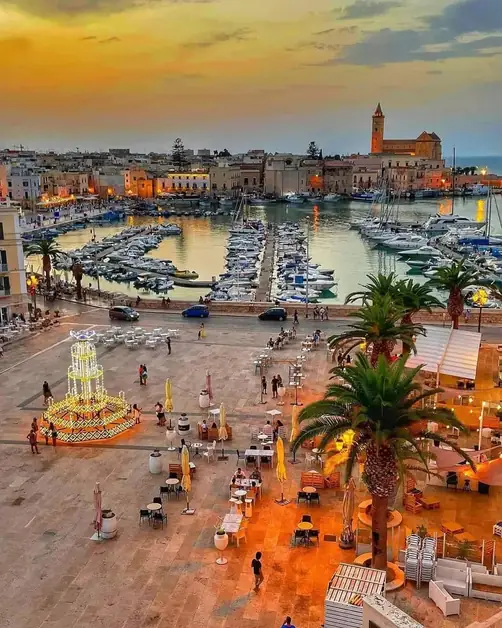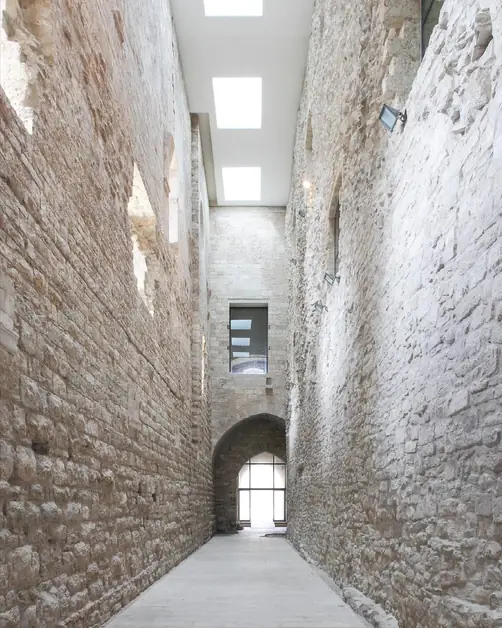Explore the charm of Trani's historic center
Discover Trani's historic center filled with history and beauty.
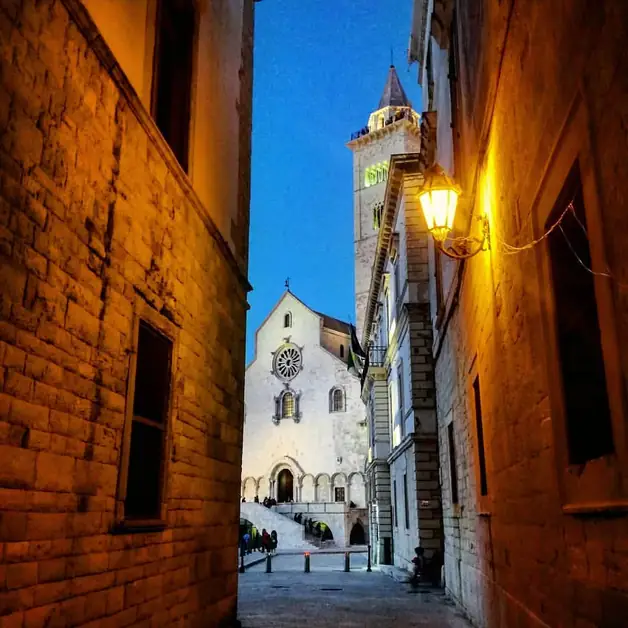
Where is the historic center of Trani and how to get there?
The historic center of Trani overlooks the harbor and develops around the Cathedral. Getting there is easy by public transport or by car. The Trani train station is about a ten-minute walk from the center, so those traveling by train can easily reach the historic area without needing buses or taxis. For those arriving by car, it is important to know that in the heart of the center, the streets are often closed to traffic or restricted to residents. It is advisable to park in one of the paid parking lots near the harbor or along Via Andria, and then continue on foot. During peak periods, such as summer or weekends, parking spaces can be scarce: in that case, it is useful to move slightly towards the outskirts and take advantage of larger parking lots.
How to move through the medieval streets of Trani?
The historic center of Trani is largely pedestrian, so the best way to get around is on foot. The streets are narrow, often paved with stone, and not always accessible to cars. Some alleys have slight slopes or stairs, but in general, the route is simple. There are no great distances: from the Cathedral to the harbor or the Swabian Castle takes only a few minutes of walking. It is useful to know that in summer the streets can be very crowded, especially in the evening, when tourists and residents gather in the local establishments. To orient oneself, it is not necessary to have a detailed map: just follow the signs towards the main monuments or rely on tourist signage.
Those who wish to visit the historic center at a leisurely pace can start from the square in front of the Cathedral and proceed towards the harbor, touching Via Beltrani and Via Ognissanti, where there are churches and artisan shops.
What historical palaces can be found while walking through Trani?
Among the streets of the center, many noble palaces built between the 17th and 18th centuries can be seen. Some still display heraldic coats of arms on their facades, while others have elegant loggias and large doors revealing inner courtyards. In particular, Palazzo Caccetta and Palazzo Torres testify to the wealth of the families that dominated city life. Not all palaces are open to visitors, but even observing them from the outside is a suggestive experience because it allows one to imagine the life that animated these streets centuries ago.
What churches can be visited in the historic center of Trani?
In addition to the imposing Cathedral by the sea, the historic center of Trani has numerous smaller churches that deserve a stop. The Church of Ognissanti, linked to the sailors' corporations, houses frescoes and Romanesque capitals. The Church of San Domenico overlooks the harbor, offering a unique view at sunset. While walking, one also encounters the Scolanova Synagogue, a testament to the Jewish community that was very active in the city during the Middle Ages. Each sacred building has its own story and contributes to making the walk even richer in meaning.
Are there artisan shops in the historic center of Trani?
Yes, the streets host small artisan shops where local typical products can be purchased. There are ceramic shops, workshops for handmade jewelry, and stores selling Apulian gastronomic specialties. Walking among these shops means discovering an authentic side of the city, away from large shopping centers. Often the owners share the story of their products and explain the artisanal techniques used, turning a simple purchase into a knowledge experience.
What is the best time to visit the historic center of Trani?
Visiting the historic center of Trani has a different charm at every moment of the day. In the morning, the streets are quieter, and one can walk calmly observing the details of the facades. In the afternoon, when the light becomes warmer, the palaces take on golden hues. In the evening, the area comes alive with establishments, restaurants, and bars opening their doors to visitors. Even simply sitting in a square and watching the passage of people can become part of the experience.
What are the must-see panoramic spots?
One of the most suggestive panoramic spots is undoubtedly the walk along the walls that line the sea. From here, one can admire both the Cathedral and the harbor, with the moored boats. Another place not to be missed is the small square in front of the Swabian Castle, which allows for an overview of the historic center and the coast. Stopping to take some photos is almost inevitable: the combination of the white stone and the blue sea is irresistible.
